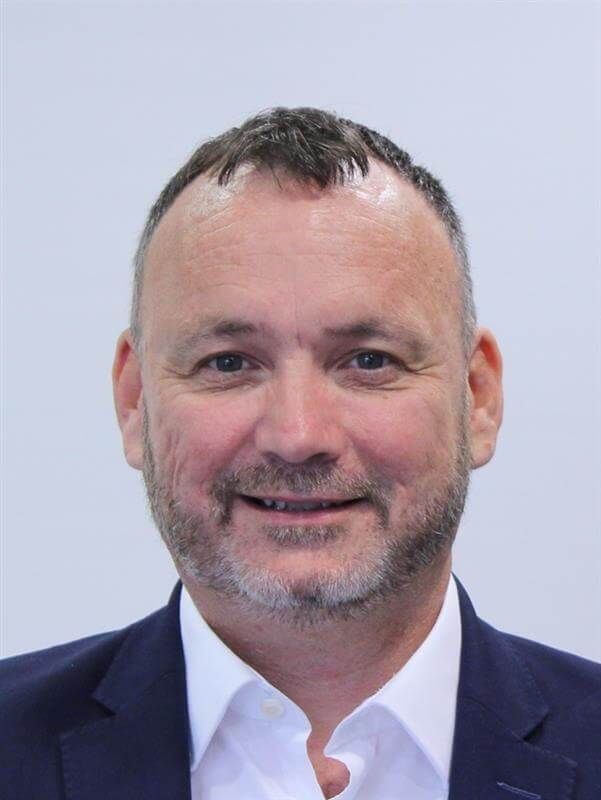

Asia is no stranger to weather-related events and natural disasters. Earthquake and typhoon activity have impacted several countries across the region this year, the highest profile of which being the events in Myanmar in March, which also caused significant damage in Bangkok.
Hong Kong’s new flood prevention infrastructure helped limit the impact of recent typhoons, and we’re likely to see similar projects rolled out elsewhere with comparable results. That said, it is imperative to maintain capacity and develop strategies to deal with the inevitable future large-scale events.
The answer lies not in complacency, but in preparation. These are moments for the industry to recalibrate, invest in innovation, and strengthen systems, talent, and data practices for when the next major storm comes.
Start by addressing talent
Surveys across the APAC region and global insurance markets in recent years show that many insurers are struggling to hire and retain skilled staff, particularly for middle and senior-level adjuster roles. One recent study showed how 91% of insurance firms in Asia are actively investing in upskilling programmes to fill internal skills gaps, while 76% were seeking niche technical talent. Simultaneously, other hiring data also shows that fewer entry-level positions are being filled, with one report from a major broker noting that at 16%, it was “the lowest number that we’ve seen for the entry-level positions in aggregate”.
Generational preferences add to the challenge. Our industry is in fierce competition with multiple entities, a vibrant labour market and ever-increasing options available to prospective young professional entrants. Meanwhile, a sizeable portion of the current adjusting workforce is nearing retirement, putting further strain on succession planning and increasing reliance on fewer, more experienced adjusters.
It is critical to win the war on talent, and we must create an environment where colleagues can enjoy high levels of engagement and, crucially, where career development programmes help them realise their career aspirations, with clear pathways to progress. At Sedgwick, we’ve been evolving our suite of tactical actions aimed at ensuring this is a great place to work, including focus on wellbeing, connection, deeper engagement and team-related activities such as CSR events. We’ve invested in a talent development manager for the region and recently launched Pathfinder, our award winning career development programme, with assisted progression into senior technical roles, involving a mix of classroom learning, on the job training and study support for professional qualifications, all underpinned by a one-to-one tailored mentored programme.
Harnessing data and technology
Organisations have the opportunity to leverage data and technology to transform client service, implement new tools, and ensure teams understand how to maximise their value. Across Asia, insurers are seeing a growing demand for real-time insights that go beyond traditional claims handling. Clients no longer just want to know what has happened; they want visibility into what is happening now, and what might happen next.
This demand for thought leadership has driven the development of new technology and solutions that aggregate claims activity, track emerging loss trends, and flag risk concentrations in specific geographies or industries. These tools are not just retrospective; they create opportunities for insurers and their partners to reflect, refine processes, and proactively plan for potential exposures. This is the ideal time to evaluate these systems, optimise their use, and address ways they can be enhanced for better outcomes.
“As clients come to expect transparency similar to that in other industries, such as banking and logistics, real-time claims data is moving from a differentiator to a baseline expectation. In this way, technology does more than enhance efficiency; it helps redefine how trust and resilience are built between insurers, adjusters, and the policyholders they serve.” Stephen Kerr, Sedgwick
During CAT events, new platforms will automatically update clients on reserves, claim volumes, and types of losses, reducing the lag of manual reporting and providing a clearer view of unfolding situations. By shifting from reactive reporting i.e., delivering updates only after losses are assessed, to proactive insight, insurers can make data a strategic resource for preparedness when the next storm hits.
As clients come to expect transparency similar to that in other industries, such as banking and logistics, real-time claims data is moving from a differentiator to a baseline expectation. In this way, technology does more than enhance efficiency; it helps redefine how trust and resilience are built between insurers, adjusters, and the policyholders they serve.
Prepare now
The typhoon season may be drawing to a close in the coming weeks, however that doesn’t mean the CAT planning should come to a halt. It actually means the exact opposite. We should use this time to properly update based on our learnings, train rapid-response teams, and coordinate volunteers across regions, ensuring our industry is ready to respond immediately when the next typhoon, tsunami, or earthquake strikes. Investing in digital solutions for faster claims reporting and automated client updates during this time also builds that crucial operational muscle that will be so important for when it’s time to propel into action again.
We are in a strategic window for transformation. Insurers can invest in talent development, expand data capabilities, and stress-test disaster plans without the pressure of an active catastrophe. By using this time intentionally, the industry can emerge stronger, with a decisive advantage when storms inevitably return.
 |
Stephen Kerr, ACII ACILA, Chief Executive Officer, Asia Sedgwick |
-
QBE | Elevating customer experience, humanising claims: QBE Asia’s ‘Solutions in a Box’
Vastly improving turnaround times and personalising service delivery, QBE Asia’s award-winning, end-to-end bundled claims solutions is a game-changer for the insurance industry.
-
Beazley | What does cyber protection look like from day 1 to day 600 and beyond?
Cybersecurity is no longer just an IT concern, but a governance issue that belongs on the boardroom agenda.
-
Sedgwick | Preparing for the next storm
Insurance industry needs to recalibrate, invest in innovation and strengthen systems, talent and data practices.
-
Peak Re | From climate modelling to market opportunity: Forging a new clarity on Southeast Asia’s climate risk
Southeast Asia's protection gap: a crisis of clarity, not just capital
